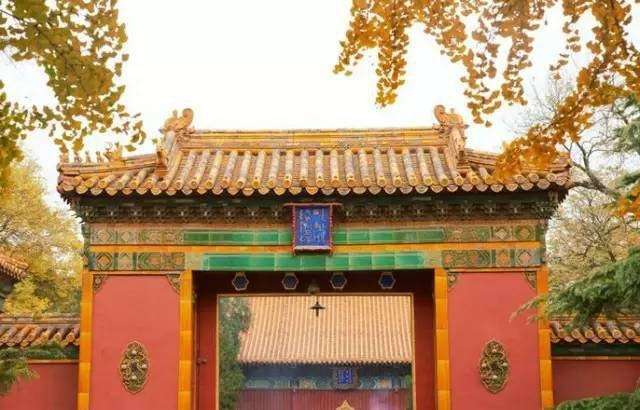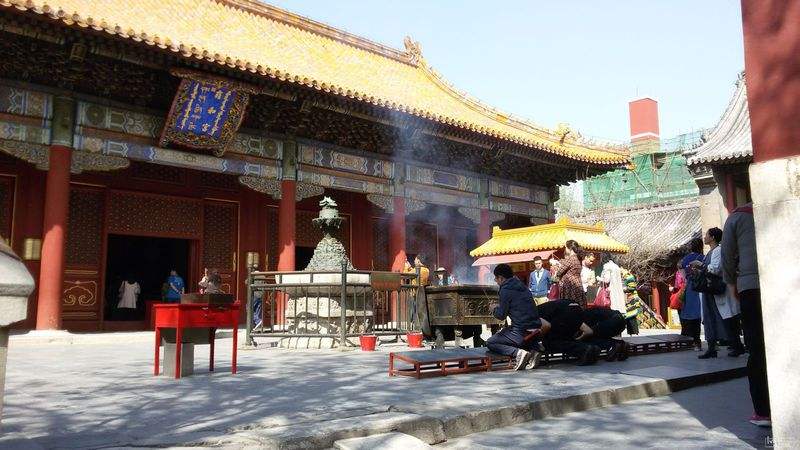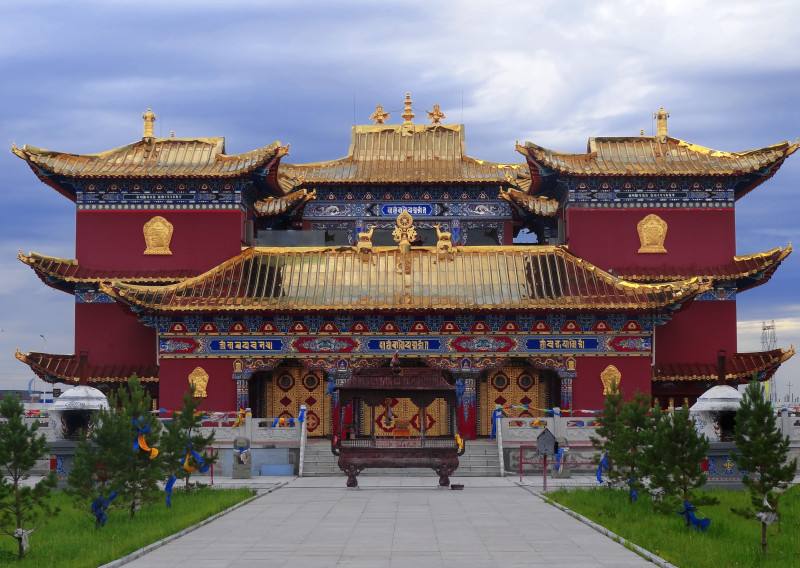LAMA TEMPLE
2 min readTheLaMaTep1e《yonghegng)sans1andofBuddhsntheeartofthe(yonghegong)isanislandofuddhismintheheartofthe conc reteive jungle. Monks in wine-colored robes live, study and pray in its pleasant gardens and halls. Decorated with delicate scrolls and massive icons, its buildings are a hybrid of Tibetan, Mongolian and Han architectural styles The Lama Temple is a tranquil spot, except during thits al the Spring Festival (Chinese New Year) when it seems al l of China’s Buddhists throng ars to burn bushels of incense and pray for good fortune.

This compound was originally built for Count Yin Zhen who resided here until 1723 when oved to the Forbidden City to become Emperor Yongzheng. After his death, his devout Qianlong, converted the site into a Buddhist lamasery of the Yellow Hat sect,ct that’s main sociated with Tibet.

A walkway leads from the ticket booth through the garden and several archways to the emple grounds. After passing through the gateway at the end of the garden, visitors wilnotice a small Bell Tower on the right, and Drum Tower on the left. Ahead is the first of statue of Maitreiva, hall is a pond with a bronze mandala depicting the Buddhist paradise the Future Buddha with the four Heavenly Kings on the side. In the and is the Hall of Harmony (daxiong baodian and Buddhas of the Past, Present and Future, flanked by statues of 18 arhats, Buddhis saints” who have reached Nirvana but have returned to help others. Formerly the emperor-to-be ‘s’ living room, the Hall of Eternal Blessing(yongyou dian永佑殿) houses statues of the Buddha of Longevity and Buddha of Medicine, to who believers appeal for long lives and good health.









